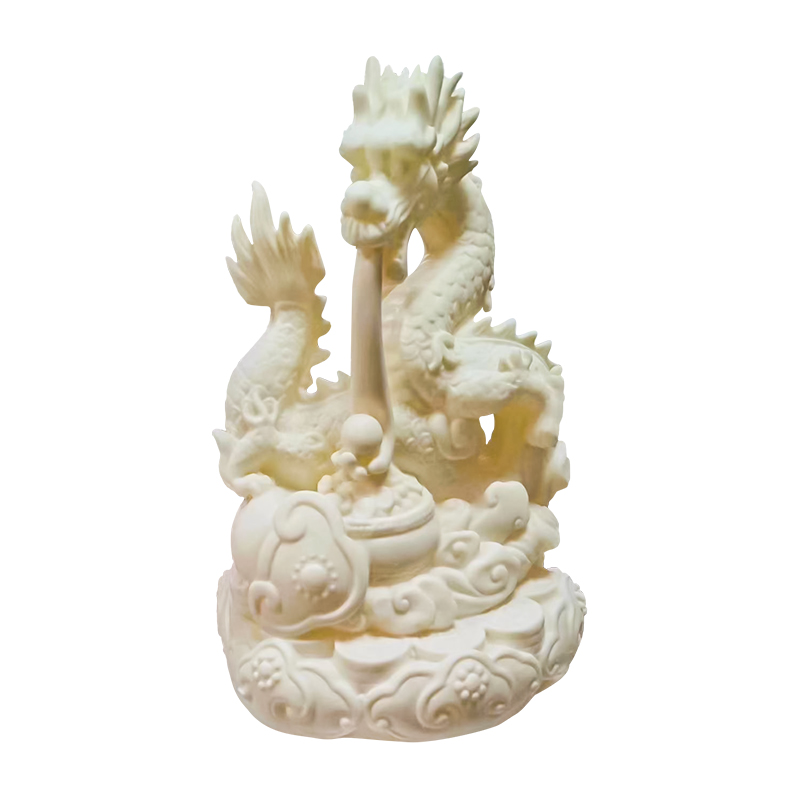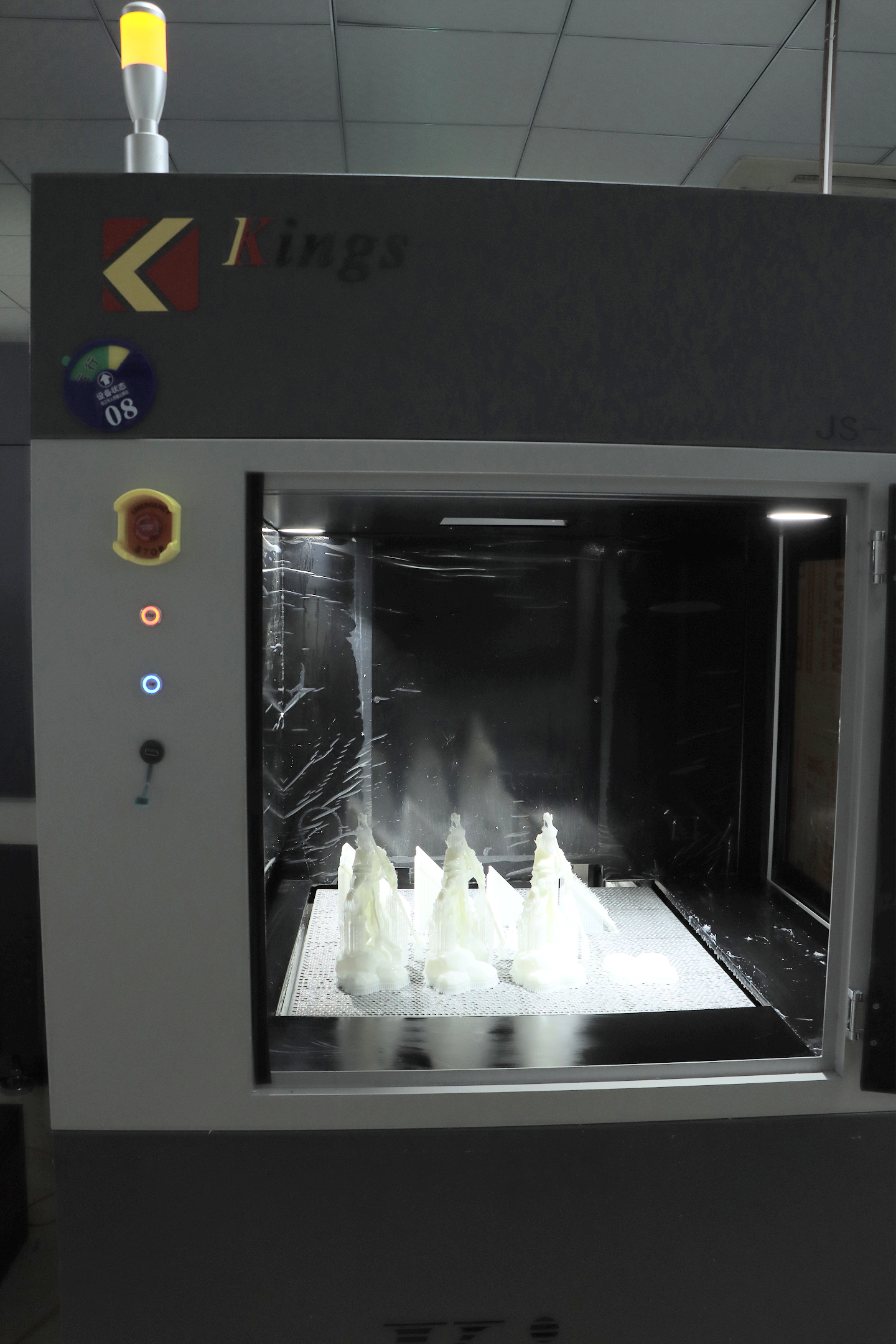As we all know, both SLS and FDM are two processes in the 3D printing family. These two printing technologies are very different and have their own distinctive features, so today we’re going to compare which of these two technologies is better.
SLS mainly utilizes the basic principle of high-temperature sintering of powder materials under infrared laser irradiation, and the computer controls the light source positioning device to achieve precise positioning. By repeating the process of laying out powder and melting where needed, the parts are built up in the powder bed.
Advantages:
1.Cost-effective material price;
2.High material utilization rate;
3.SLS products are strong, tough and have better corrosion resistance.
Drawbacks:
1.High cost of SLS machines;
2.Unfortunately it has a high material consumption rate, which leads to an expensive material cost;
3.SLS parts have a grainy surface finish and internal porosity.
Now let’s explore the pros and cons of FDM 3D printing.
FDM, that is Fused deposition modeling, is an additive manufacturing (AM) process within the realm of material extrusion. FDM builds parts layer by layer by selectively depositing melted material in a predetermined path. It uses thermoplastic polymers that come in filaments to form the final physical objects.
Advantages:
1.It’s a the most cost-effective additive manufacturing technology;
2.FDM components are high temperature resistant, hard and suitable for outdoor use;
3.Wide range of materials(such as ABS, PLA, TPU, PC, PEEK, PETG and so on).
Drawbacks:
Warping – one of the most common defects in FDM;
Rough surface, additional post-processing is required if the customer wants a smooth surface, in this case it would not be the best solution.
The two printing technologies have their own merits, we need to choose the most suitable technology according to the actual situation.







